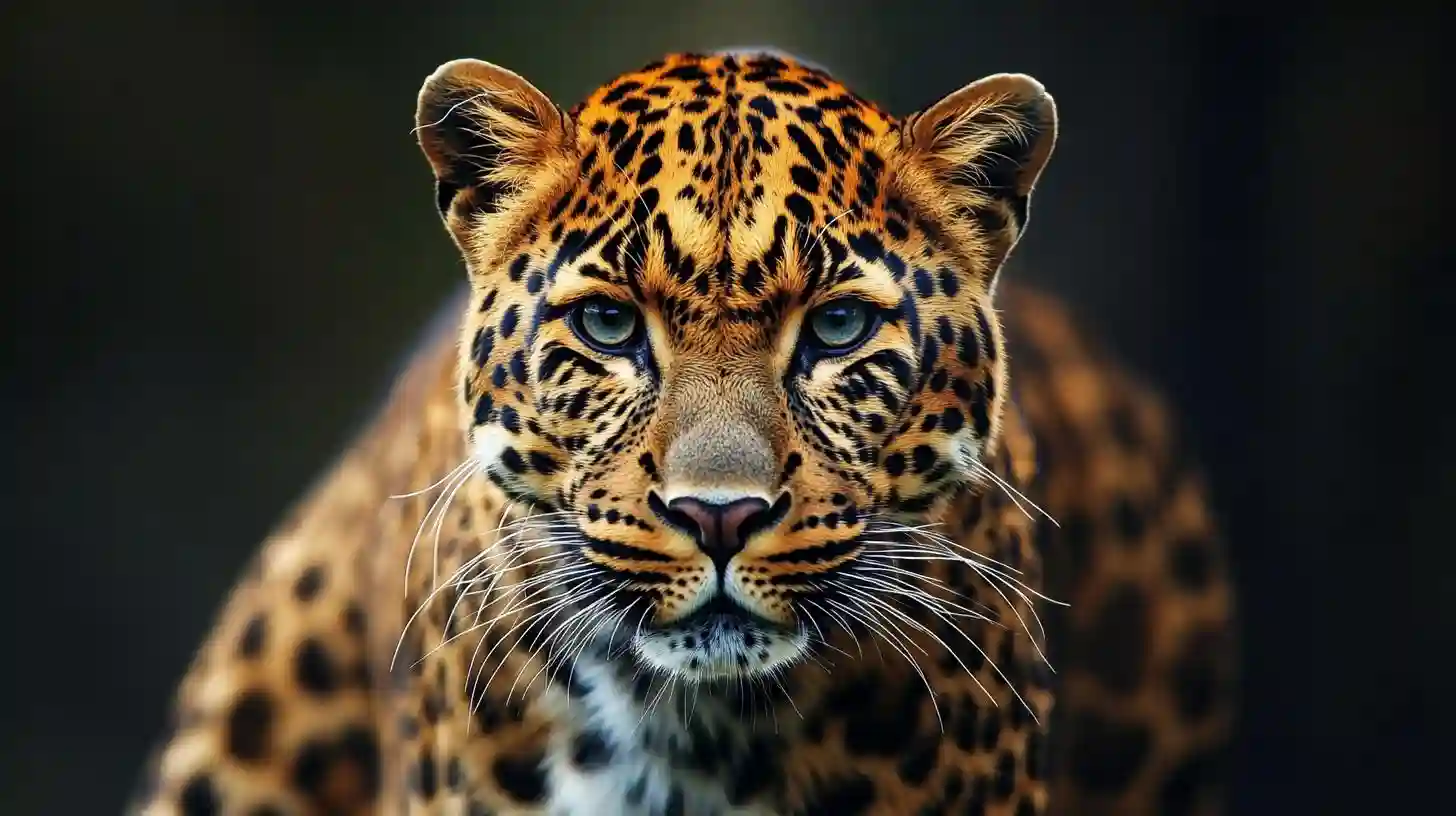
The majestic leopard, often regarded as one of the most fascinating felines in the animal kingdom, possesses a unique blend of attributes that have earned it the title of the "king of the wild." This iconic animal demonstrates an extraordinary combination of adaptability, strength, agility, and an undeniable beauty that sets it apart from its animal peers.
One of the primary reasons the leopard reigns supreme in the wild is its unparalleled adaptability to various environments. This big cat can thrive in a multitude of habitats, spanning from dense rainforests and arid deserts to open savannas and rocky mountains. Unlike many other large predators that exhibit particular habitat preferences, leopards have developed remarkable skills that allow them to adjust their hunting and living strategies according to their surroundings. Their ability to camouflage seamlessly into their surroundings enhances their hunting prowess, enabling them to ambush prey with precision and stealth. This adaptability not only aids in their survival but also underscores their status as a top predator in diverse ecosystems.
Leopards are solitary and elusive creatures. Their preference for solitude sets them apart from other big cats, such as lions, which tend to thrive in social groups known as prides. This solitary nature allows leopards to establish vast territories without the need for social hierarchies or complex interactions with other individuals. By remaining largely independent, they minimize competition for resources and ensure they have exclusive access to their hunting grounds. This independence, coupled with well-defined territorial behaviors, contributes to their formidable status in the wild.
The leopard's physical characteristics also play a fundamental role in its dominance. With a robust and muscular build, leopards possess a unique combination of strength and agility. Unlike some of their larger cousins, leopards are smaller yet incredibly powerful, which allows them to climb trees with remarkable skill. This ability to ascend trees not only provides them with vantage points to survey their surroundings but also offers a safe space to hide their kills from competitors such as lions and hyenas. Their distinctive spotted coat serves as effective camouflage in various environments, further enhancing their hunting capabilities.
Hunting behavior in leopards exemplifies their predatory efficiency and adaptability. These cats are primarily nocturnal, often venturing out at dusk or dawn to stalk prey under the cover of darkness. This nocturnal lifestyle grants them a tactical edge, as many of their prey species are less active during these hours. Leopards are skilled ambush predators, utilizing their agility and stealth to close the distance on their unsuspecting targets. This stealthy approach, combined with their strength, allows them to take down animals much larger than themselves. Whether hunting alone or using a combination of cunning and strategic planning, leopards showcase their capabilities as unrivaled hunters.
Socially, leopards exhibit a fascinating mix of behavior that reflects their status. Males tend to be larger than females and often engage in displays of dominance to assert their territorial claims. However, unlike social predators that rely on pack dynamics, leopards display solitary behavior that emphasizes the importance of individual prowess. This solitary lifestyle highlights their ability to thrive under challenging conditions, relying on their skills rather than group cooperation to secure survival.
The cultural significance of the leopard cannot be overlooked. Across various cultures around the globe, leopards symbolize power, grace, and beauty. Their striking appearance and elusive nature have made them subjects of myth, art, and folklore throughout history. Depictions of leopards embody strength and courage; they are often associated with royalty and revered as symbols of authority and control. This cultural reverence further solidifies their position as kings of the wild, admired for both their physical beauty and the aura of mystique that they exude.
As apex predators, leopards play a crucial role in maintaining ecological balance within their habitats. By keeping populations of herbivores in check, leopards contribute to the health of their ecosystems. The presence of a healthy leopard population ensures that the dynamics of the food chain remain stable, fostering biodiversity and promoting a balanced environment. Their adaptability also allows them to thrive in various ecological niches, helping to maintain the resilience of ecosystems faced with environmental changes.
The combination of adaptability, strength, solitary behavior, hunting prowess, and cultural significance culminates in the majestic leopard's revered status in the animal kingdom. While many animals may exhibit strength or beauty, the leopard harmoniously combines these traits with an unmatched ability to survive and thrive in diverse habitats. As the ultimate symbol of wild grace and power, the leopard remains a captivating figure in the natural world, deserving of its title as the king of the wild.